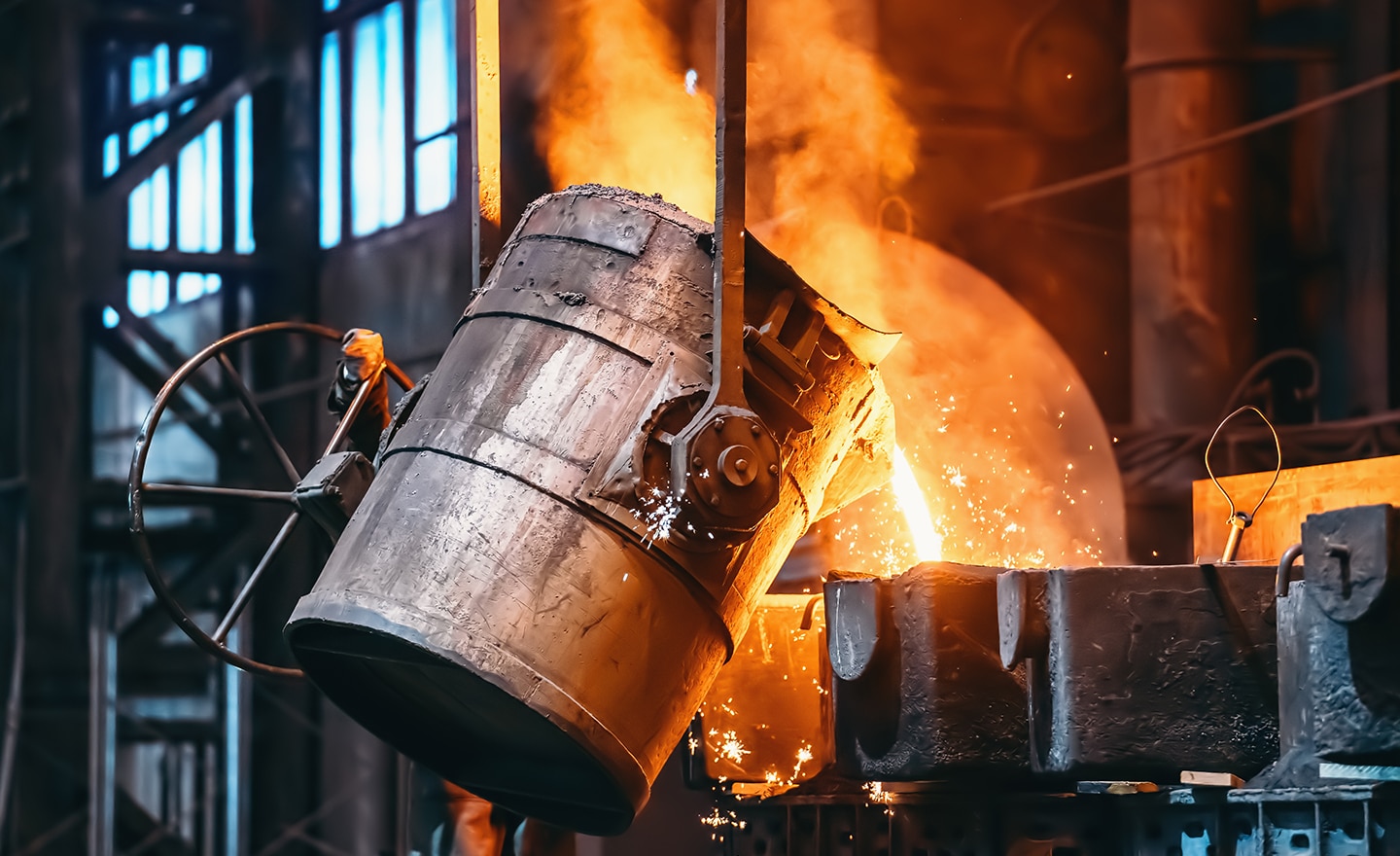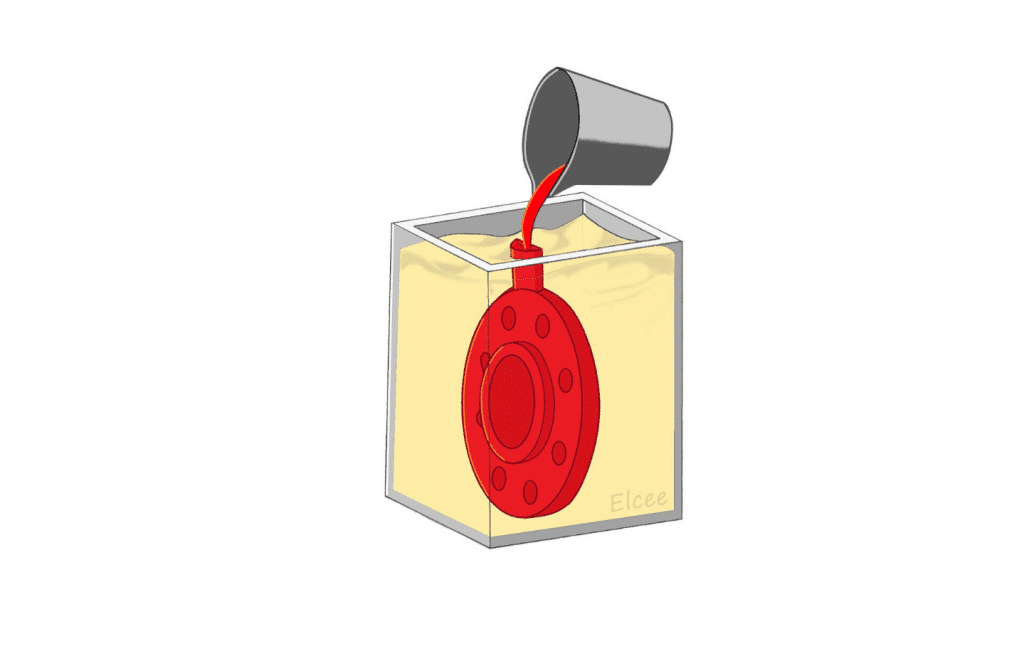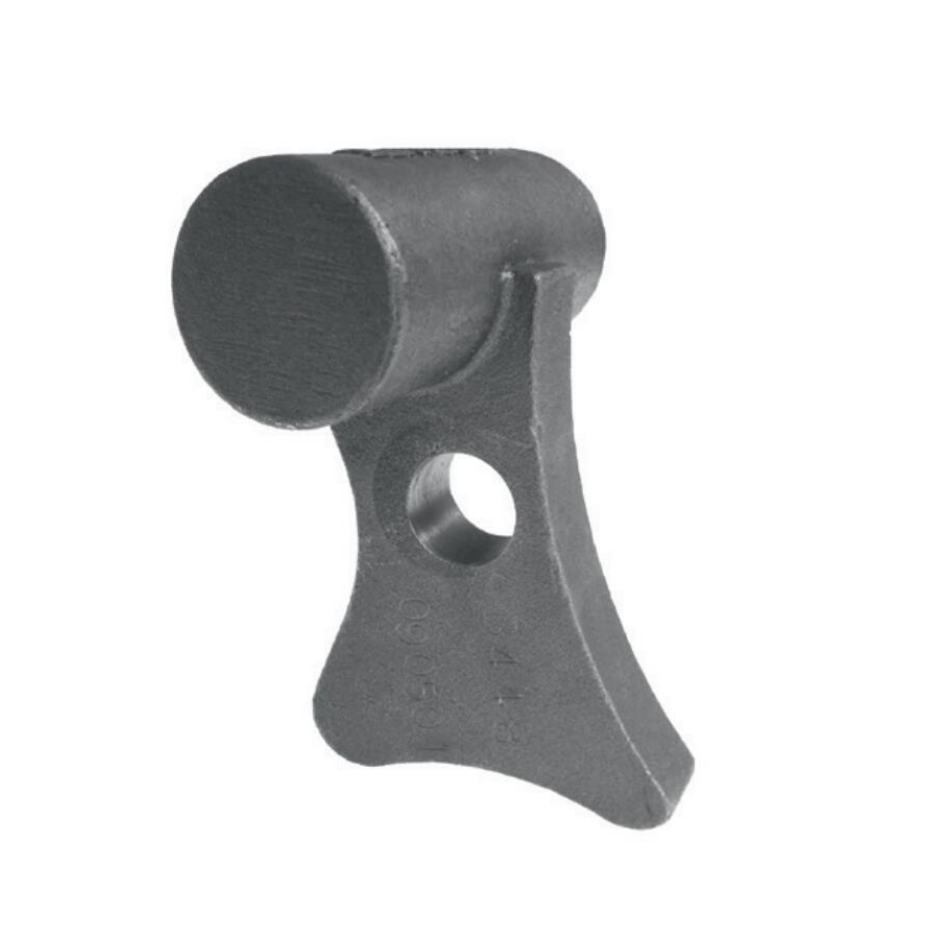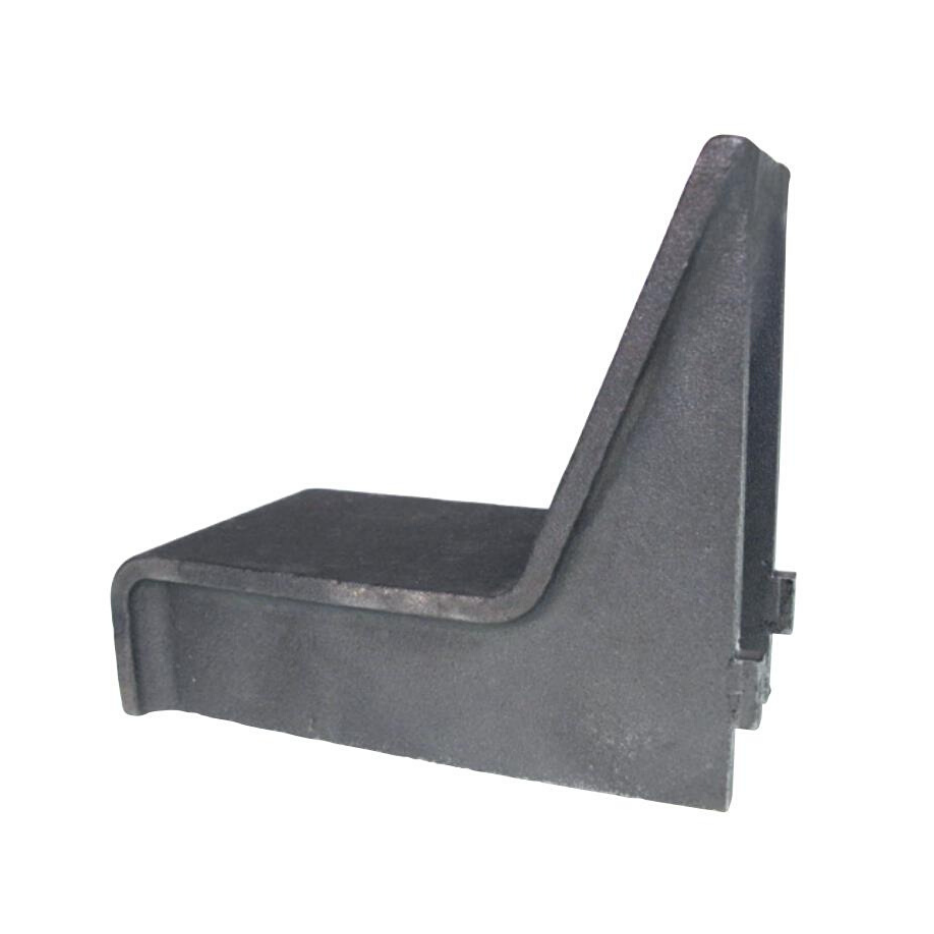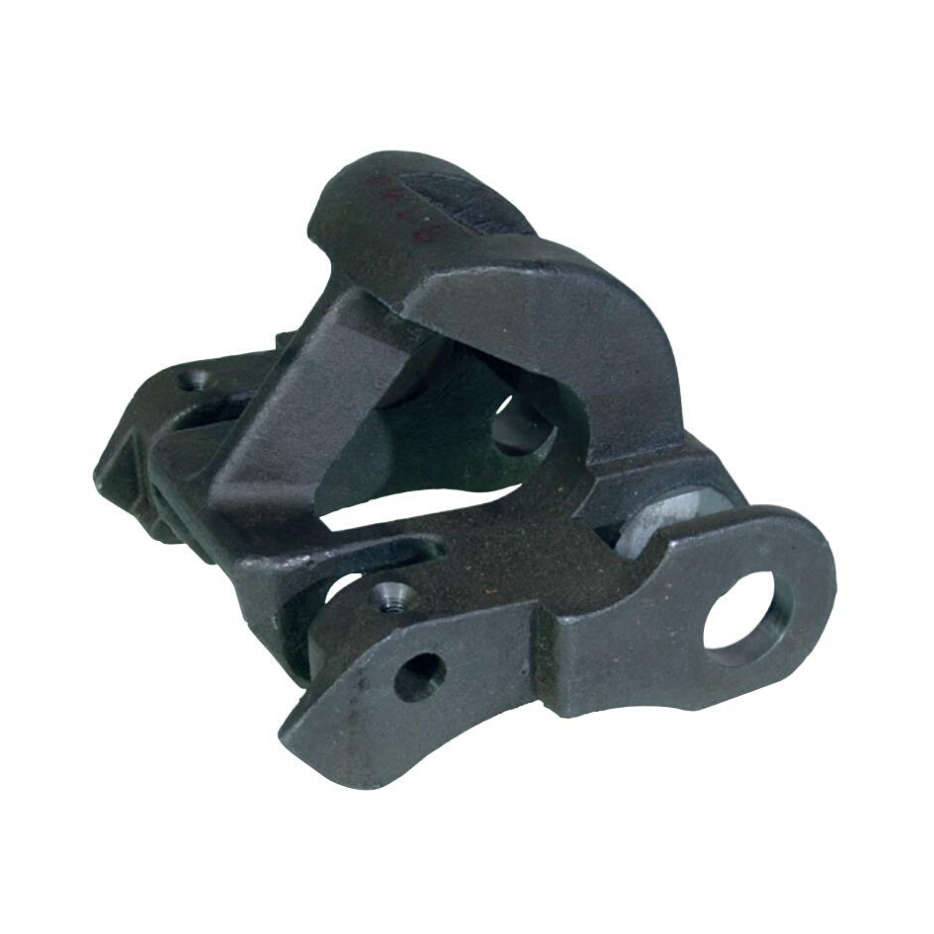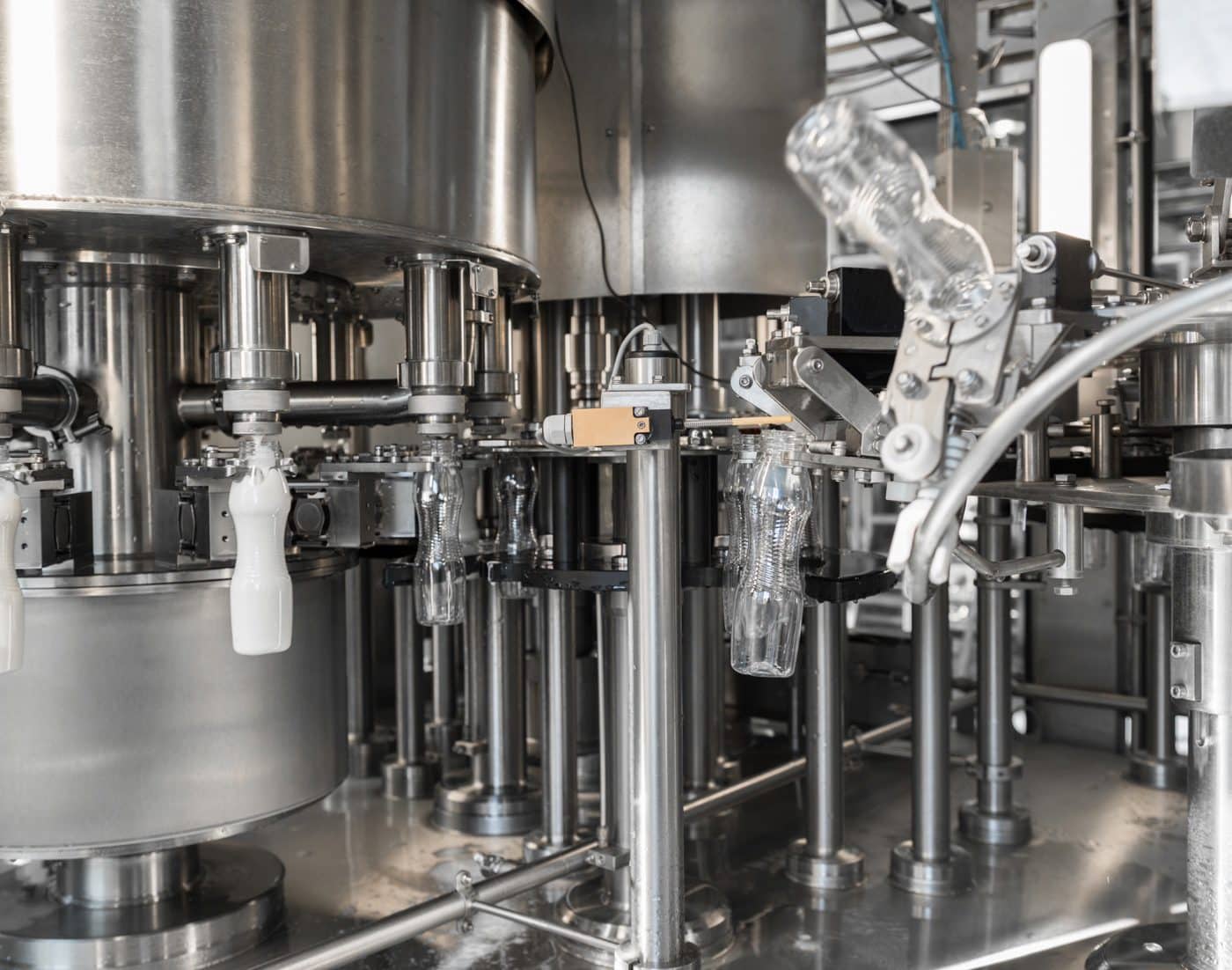Shell moulding Castings
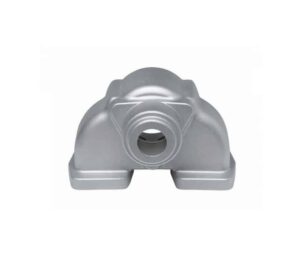 The manufacturer to create complex moulding parts with thin sections and small projections. The technique also imparts high dimensional accuracy and is particularly suited for castings under 75 kg. However, it can be used on almost any metal that can be sand cast. The moulding which is particularly suited for castings weighing under 75 kg, making it ideal for a wide range of applications in industries such as automotive, aerospace, and machinery. Moreover, this technique can be applied to almost any metal that is suitable for sand casting, including aluminum, iron, and steel, further expanding its versatility. By utilizing shell moulding, manufacturers can achieve intricate designs while maintaining excellent mechanical properties, ensuring the production of high-quality components tailored to specific requirements.
The manufacturer to create complex moulding parts with thin sections and small projections. The technique also imparts high dimensional accuracy and is particularly suited for castings under 75 kg. However, it can be used on almost any metal that can be sand cast. The moulding which is particularly suited for castings weighing under 75 kg, making it ideal for a wide range of applications in industries such as automotive, aerospace, and machinery. Moreover, this technique can be applied to almost any metal that is suitable for sand casting, including aluminum, iron, and steel, further expanding its versatility. By utilizing shell moulding, manufacturers can achieve intricate designs while maintaining excellent mechanical properties, ensuring the production of high-quality components tailored to specific requirements.
Benefits
- Smooth surface quality
- Thin wall thickness
- Low cost moulding process
- Higher accuracy in comparison to sand casting
- Small to large series
Possible alloys
- Stainless steel and duplex grades
- Carbon steel
- Non-ferrous steel alloys e.g. aluminium and copper
Technical specifications
- The commonly used casting tolerance table for linear dimensions is CT9 according to ISO 8062 (wall thicknesses CT10)
- Weight: ± 0.2 – 75 kg
- Casting surface roughness: steel Ra 50 – 100 µm, Iron 25 – 50 µm
- Maximum dimensions: 800 mm x 800 mm x 300 mm
Design guidelines
- Avoid abrupt transitions and use radii
- Angle tolerances: ± 1°
- Casting wall thickness: ≥ 4 mm
- Use even wall thickness to minimise shrinkage
- Geometric tolerances required for the function, should be specified on the drawing
Finishing options
- Hot-dip galvanising
- Primer, wet painting and powder coating
- Blasting (sand/glass)
- KTL/e-coating
- Geocote

